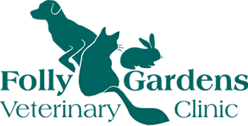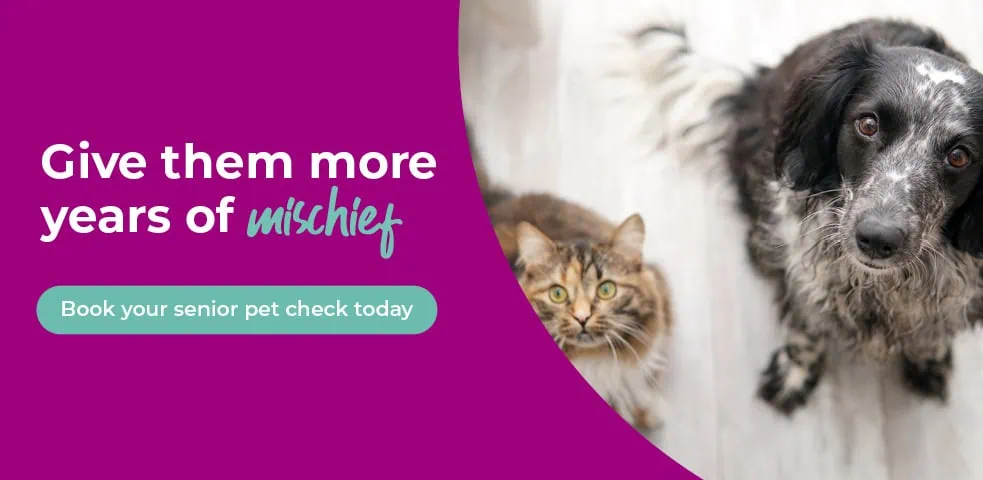Here is some information about what to expect if your cat or dog comes in for dental treatment.
What happens to my pet during a dental procedure?
Your pet needs to be anaesthetised before a full assessment of his/her teeth can be preformed. Your pet’s teeth and gums will then be fully examined. This is done by scoring each individual tooth. A probe will be run around the gum line to each tooth to check for inflammation, pocketing and bleeding. We will then score how much calculus (food and bacteria) is on each tooth and note anything else such as recession, wobbliness, wear, cavities and other abnormalities.
All your pets teeth will then be cleaned and polished with an ultrasonic dental de-scaler (like we have done at the dentist) Both inside and outside surfaces of the teeth are cleaned including up above the gum line, which is where most of the bacteria is present.
Extractions are performed where necessary. This is where the tooth is already wobbly or damaged causing sensitivity or where there is gum recession or lesions causing nerve sensitivity. Determining if teeth need to be removed before your pet is anaesthetised is difficult as the tooth needs to be thoroughly examined.
The Vet will prescribe any medication required for your pet. If an infection in the mouth is present a course of antibiotics will usually be prescribed which may be required to be started a few days before the dental is performed. If extractions are required a painkiller is normally given for a few days post surgery. Please let us know on admission in the morning of the dental if you do not think you would be able to give tablets to your pet.
Aftercare
Now your pet has had an ultrasonic dental de-scale and polish, it is important to implement an oral hygiene regime at home. If you do not maintain your pets teeth they will deteriorate and they can be in the same condition as before your dental within as little as 3 months!
Poor dental hygiene will cause halitosis (bad breath), gingivitis (inflamed and bleeding gums), pain causing your pet reduced appetite and weight loss, dental infections and is also linked to heart and kidney disease.
Your vet/veterinary nurse will prescribe a tailored oral hygiene programme for your pet. We will ask to see you and your pet back 3- 5 days for a post dental check and we will discuss a tailor made plan for you both to try at home.
The best way to keep teeth and gums healthy is by brushing them every day (no less than five times a week). This may take a while for your pet to accept (several months in some cases) but if introduced carefully after time it should be achievable in most patients.
Tooth Brushing
Introduction:
First introduce your pet to pet toothpaste by applying some to your finger and letting the pet lick it off. This should be repeated for 3-5 days, making this session enjoyable with praise and rewards. Getting your pet used to a new routine and having their mouth handled is the most important part. Take this stage slowly; if it takes 8 weeks for you pet to feel comfortable don’t worry!
Finger tooth brushing:
The next step is to place a finger (can use a specially designed finger toothbrush also), or a cotton bud, applied with toothpaste into his/her mouth and gently massage the teeth and gums for 30 seconds. Repeat this daily until the pet is comfortable with light brushing.
Tooth brushing:
Once your pet is happy you can introduce a toothbrush. Wet the toothbrush with a small amount of water and apply toothpaste to the toothbrush. Push the toothpaste into the bristles of the toothbrush using your finger to help the paste stay on the brush.
Start with the premolars and molars (back teeth): Keep the mouth closed, lift the lip and start at the back of the mouth inside the cheek. Use a circular motion to brush the molars and premolars, concentrating on the gum line.
Then move forward to the canines (fangs): Lift the upper or lower lips and use an upward and downward motion around the surface of the tooth. Be sure to clean at the gum line. Switch to the other side and repeat.
Finally brush the incisors (front teeth): Lift the upper and lower lips simultaneously and use an upward and downward motion to gently clean the teeth. Again paying particular attention to clean where the gum and tooth meet.
It is recommended that you spend 30 seconds for each quarter of the mouth in dogs and 15 seconds for cats
NB it is normal for the gums to bleed when you introduce tooth brushing. It should stop in 5- 7 days of daily brushing.
If brushing is really not an option, there are other products than can improve dental hygiene such as chews, diets and mouth washes, which we can discuss with you.
What's next?
Please book a dental clinic with one of our qualified veterinary nurses to discuss your pet’s dental health. We recommend after a dental procedure a nurse clinic appointment is made for 5 days later, 14 days, one month then every 3- 6 months. These appointments are free of charge. Call us now on 01684 292244 to book yours.







